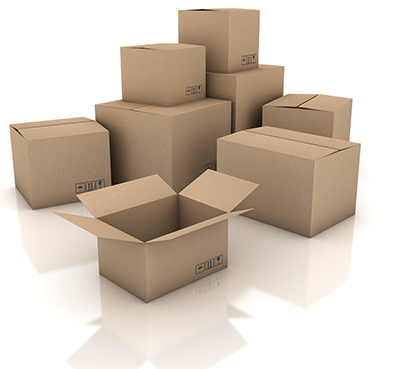Acceptance of Shipment Do's and Don'ts


Inspection of product upon receipt from the carrier is a good practice for any facility, and can prevent questions, claim denial, and problems down the road. Here are a few tips to help everyone have a better experience:
- When a carrier calls to set up an appointment, be sure you can accept the freight within
72 hours of the call.- Carriers will often charge storage fees after that time. $25 per day is not uncommon.
In some cases, the freight may be returned to the shipper. - Make a realistic appointment. Be sure you can keep that appointment. In some cases a
"re-delivery" charge is assessed if the driver arrives and cannot unload or make contact
with anyone. - If the carrier misses their appointment, they will NOT credit for the missed delivery.
In most cases, the driver will arrive later or the next day.
- Carriers will often charge storage fees after that time. $25 per day is not uncommon.
- Check the driver's delivery receipt.
- Is this shipment yours?
- Is all the required information/documentation present? I.e.: Purchase order, freight terms, number of pieces, cartons, or pallets, etc.
NOTE: If signing for pallets, a pallet may not contain ALL of your products/order. Likewise, product contained within may have damage that is not visible.
- When receiving freight, inspect for any kind of damage and note the damage on the delivery receipt. Rubber stamping or writing "SUBJECT TO INSPECTION", "SUBJECT TO COUNT", Or "RECEIVED", has no legal bearing. Failure to note damage or shortage at time of receipt greatly reduces the chance of collecting on a freight claim.
- Reviewing the packing list with the physical product will need to be done to determine if you are missing anything. If there is product missing or damaged and you have already signed for the pallet(s) - this is considered "Concealed" loss/damage.
- This type of loss must be identified and reported immediately to carrier or shipper. As of April 2015, carriers must only give a maximum of 5 days for claimant to report damage after signature is obtained. Once this timeframe has expired, claims are denied immediately.
- Be specific in your notation: crushed corner, broken arm, forklift damage through the center of boxes, wetness stains, leaking, etc.
- Don't allow the driver to hurry or pressure you into signing their delivery receipt before you have inspected it.
- Don't accept driver tallies or counts.
- Don't make notations that relate to your opinion of the cause of damage.
- Some carriers will apply a "delayed" charge if you delay their driver for longer than 15 minutes. We encourage an efficient, yet speedy review of the shipment - looking for the obvious signs of damage; ie: crushed or scraped boxes, leaking/torn product, torn shrink wrap, colored shrink wrap (indicates re-wrap), irregular stacking patterns (ie: large boxes on top of smaller boxes), etc.
- Look for torn or disturbed shrink wrap or boxes with the arrows pointing down instead of up. These could all be signs that your shipment sustained damage in transit and was restacked later.
- If you suspect damage, open the carton or crate and inspect it in the driver's presence.
- Make notation of inspection including the specific items, damage sustained, and quantity of said items on the delivery receipt. Include driver's name if possible.
- Take a picture or several pictures of the damage. Be sure to include any signage on the pallet/product. I.e.: Do not double stack, Fragile, This Side Up, Etc. Take a picture of the signed Delivery Receipt or Bill of Lading document with the damage/loss noted. In the case of electronic signatures, Electronic signature software DOES allow for comments to be made regarding condition of product. Take a picture of the notation on the scanner.
- Keep all packing materials in the condition upon arrival. DO NOT DISPOSE OF OR DESTROY THE PACKAGING.
- This will be needed as often inspections are conducted by the carrier.
- Without all the packaging, the carrier might determine the cause of damage was insufficient packaging and the claim will be denied.
- If the item being received has been damaged to the point where it cannot be used, then refuse to accept the delivery from the carrier and contact the shipper immediately. Again, be sure to notate on the delivery receipt the reason for refusal. Be specific.
- Refusal charges may be passed onto the customer without specific cause noted on the delivery receipt.
- Before refusing, contact your shipper to identify any consequences of refusal.

- If an inspector from the carrier arrives to assess the damage, be sure there is a representative from your company present for the inspection.
- Generally inspection reports must have a signature of agreement from the recipient.
- Be sure you agree with all the facts in the report before signing.
- If an inspector wants to remove the damage product without an inspection report being filed or signed, you have the right to refuse, however carriers often give one chance to inspect and if denied, the claim is subsequently denied.
- Ask the inspector for a copy of the report when finished and contact the shipper to determine your role and what has been arranged.
- Using collect accounts often leaves the sole responsibility of a claim on the recipient. Be sure you understand all the consequences of shipping via collect.

